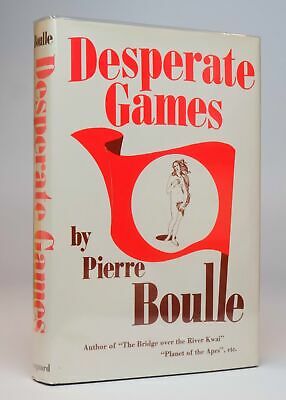|
Tuesday, November 3, 2009
Summa Mythologica
Filed under: General,Geometry — Tags: Glasperlenspiel, Solomon Marcus — m759 @ 10:10 PM
Book review by Jadran Mimica in Oceania, Vol. 74, 2003:
"In his classic essay of 1955 'The Structural Study of Myth' Levi-Strauss came up with a universal formula of mythopoeic dynamics
[fx(a) : fy(b) :: fx(b) : fa-1(y)]
that he called canonical 'for it can represent any mythic transformation'. This formulation received its consummation in the four massive Mythologiques volumes, the last of which crystallises the fundamental dialectics of mythopoeic thought: that there is 'one myth only' and the primal ground of this 'one' is 'nothing'. The elucidation of the generative matrix of the myth-work is thus completed as is the self-totalisation of both the thinker and his object."
So there.
At least one mathematician has claimed that the Levi-Strauss formula makes sense. (Jack Morava, arXiv pdf, 2003.)
I prefer the earlier (1943) remarks of Hermann Hesse on transformations of myth:
"…in the spirit of the Glass Bead Game, everything actually was all-meaningful, that every symbol and combination of symbols led not hither and yon, not to single examples, experiments, and proofs, but into the center, the mystery and innermost heart of the world, into primal knowledge. Every transition from major to minor in a sonata, every transformation of a myth or a religious cult, every classical or artistic formulation was, I realized in that flashing moment, if seen with a truly meditative mind, nothing but a direct route into the interior of the cosmic mystery, where in the alternation between inhaling and exhaling, between heaven and earth, between Yin and Yang, holiness is forever being created."
|


